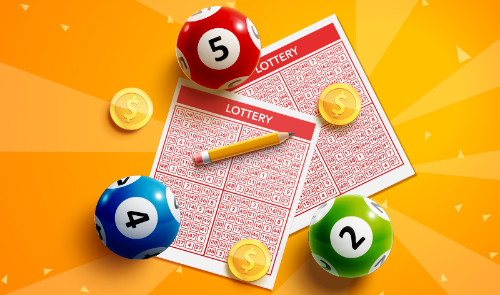
Sports

E-games

Slots

Lottery






Selamat datang di LOTUS303 pusat penyedia game online berkualitas bintang 5 dengan layanan premium no1 di Indonesia. Banyak promo dan bonus terbaru yang diberikan secara khusus bagi semua pemain Indonesia yang bergabung dan bermain di website Lotus303 hari ini!